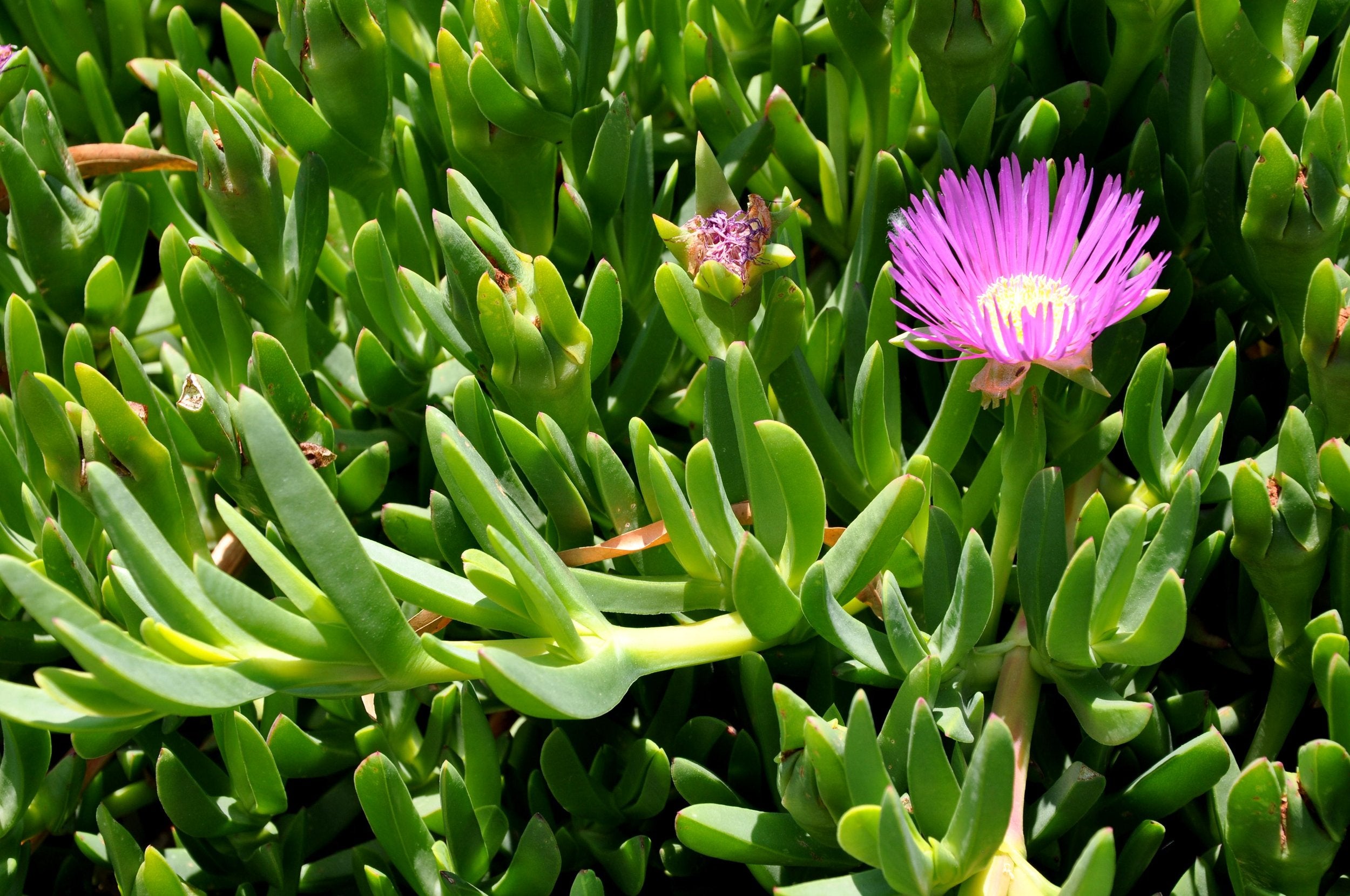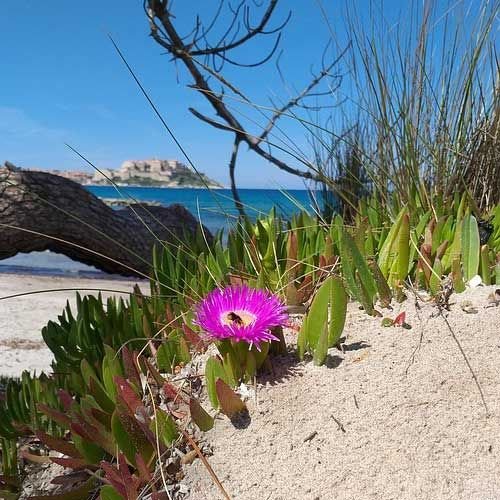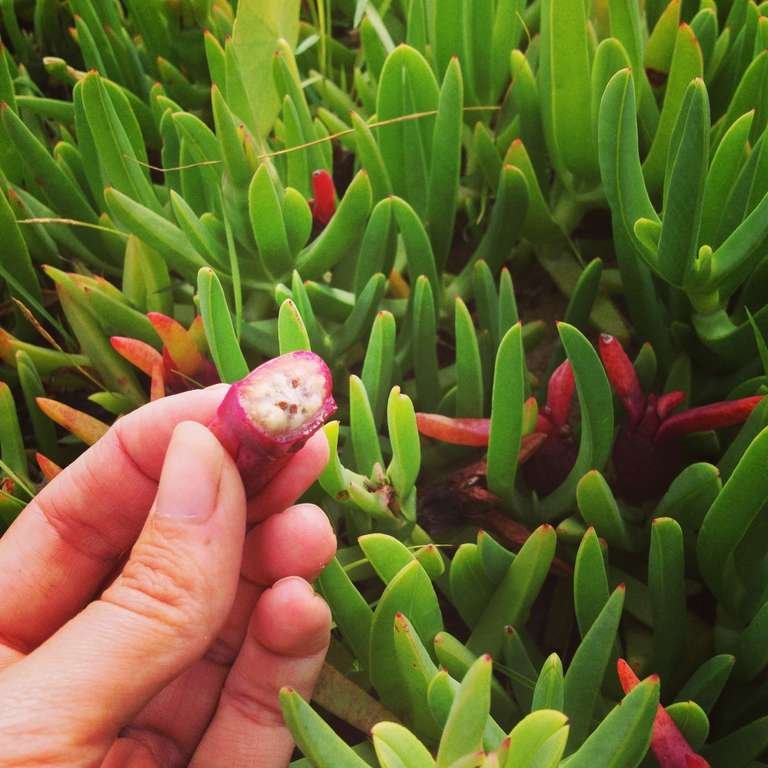


Coastal Pigface - Carpobrotus
Pickup available at Ingleside
Usually ready in 2-4 days

Coastal Pigface - Carpobrotus
tubestock
Ingleside
12 Wilga Street
Ingleside NSW 2101
Australia
The Coastal Pigface, also known as Sea Fig, Pig's Ears, and Karkalla, is a versatile and resilient succulent plant native to the coastal regions of Australia and New Zealand. This adaptable beauty thrives in challenging environments, offering stunning visuals, culinary treats, and ecological benefits, making it a valuable addition to seaside gardens and landscapes.
Description:
- Growth: The Coastal Pigface forms a low-growing, creeping mat with trailing stems that root at nodes, creating a dense groundcover up to 1-2 metres wide. Thick, fleshy, triangular leaves measuring 3.5-10 cm adorn the stems and come in various shades of green, purple, or even variegated.
- Flowers: Vibrant and eye-catching, the daisy-like flowers emerge in abundance during spring and summer, boasting shades of pink, purple, yellow, and white.
- Fruits: After the flowers fade, plump, globular fruits, about 2.5 cm in diameter, develop. These turn a brilliant red when ripe, adding another pop of colour to the plant.
Uses:
- Ornamental: The Coastal Pigface's vibrant flowers, attractive foliage, and cascading form make it a captivating addition to coastal gardens, rockeries, and even hanging baskets. Its low-maintenance nature and tolerance for harsh conditions make it a popular choice.
- Culinary: Surprisingly, both the leaves and fruits of the Coastal Pigface are edible! The leaves have a salty, slightly sour flavour and can be enjoyed raw in salads, pickled, or cooked in stir-fries or soups. The ripe fruits offer sweetness, perfect for eating right from the plant, salads, jams, jellies, or even chutneys.
- Medicinal: Traditionally, the Coastal Pigface has been used for various medicinal purposes, including treating skin conditions, wounds, and digestive issues. However, it's crucial to consult a healthcare professional before using any plant for medicinal purposes.
- Erosion control: The dense groundcover formed by the Coastal Pigface helps prevent soil erosion on coastal slopes and dunes, making it an environmentally friendly choice.
Growing and Caring:
- Climate: Thrives in warm, temperate to subtropical climates and tolerates salt spray and sandy soils.
- Soil: Well-drained soil is key, even sandy or rocky soils are suitable. Avoid overwatering, as they are drought-tolerant.
- Sunlight: Full sun exposure encourages optimal growth and flowering.
- Fertilising: Light application of native fertiliser in spring is beneficial but not essential.
- Propagation: Easily propagated by cuttings or seeds.
Height: The Coastal Pigface typically grows to about 10-30 cm tall but can spread extensively, reaching 1-2 metres wide.
Additional notes:
- While edible, it's crucial to identify the specific Carpobrotus species correctly, as some varieties may be toxic.
- The vibrant flowers attract pollinators like bees and butterflies, contributing to a healthy ecosystem.
- The plant readily self-seeds, so be mindful of potential spread in certain areas.
By incorporating the Coastal Pigface into your garden, you'll not only enjoy its vibrant beauty and delicious treats but also contribute to a healthy coastal environment. So, embrace its tough and tasty charm, and let it add a touch of seaside magic to your garden!


